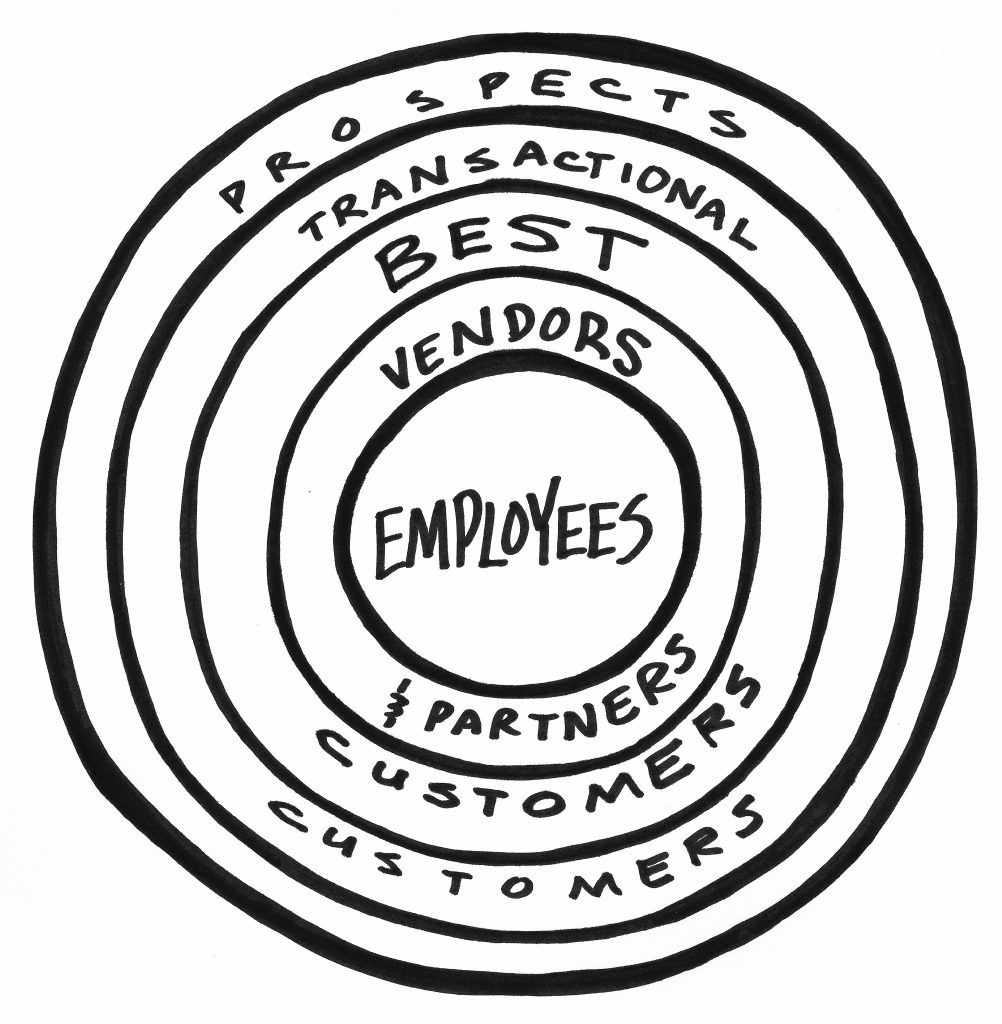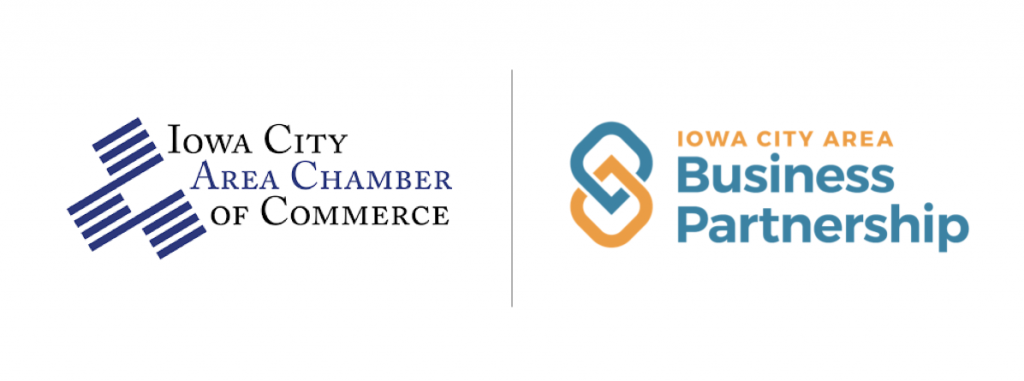Recently, I was having coffee with a friend who sits on a local board with me. The organization is embarking on a bold new rebrand that I’ve been consulting on. As we discussed the process, he asked me, “What’s the biggest challenge in rebranding?” That’s a challenging question. Rebranding itself is a challenging endeavor.
Properly executed, the rewards can be plentiful including enhancing your brand’s meaning in the hearts and minds of those you serve and, ultimately, driving greater customer loyalty over time. However, the risks are sizable as well. Simply put, when you rebrand, there’s a chance you could make things worse. You could confuse your customers and negatively impact your relationship with them over time.
So, how’d I answer the question? The secret to successful rebranding lies in how well you communicate your new brand both externally and, especially, internally. First, let’s get a few rebranding assumptions out of the way.
Rebranding Table Stakes
When I walk offstage after taking about branding at an event, I’m inevitably met by someone who announces, “We just rebranded. Yep, we redid our whole logo.” Oof. While your logo is certainly among your more visible brand touchpoints, I often find myself reminding people that rebranding is much more than just a redesigned logo.
Here are the Cliff’s Notes on what your rebranding should include:
- Verbal identity — Brand name, brand promise (what you do and for whom), and brand narrative (a distilled version of your brand’s core story — how you do what you do).
- Visual identity — Your logo and other key elements that make up your brand’s visual identity (fonts, colors, iconography, and other components of your brand style guide).
- Rebranding campaign — When you take the time and effort to do all of the above, you need to develop a campaign to launch your work out into the world. Size and scope may vary but this campaign is key in communicating your brand to the masses.
These items are “table stakes”—the minimum price of entry—in rebranding. While they’re essential to your rebranding success they aren’t how I answered my friend’s coffee question.
The First Sale
So, what is the secret to successful rebranding? There’s an old adage in sales that says, “This first sale is always to yourself.” To effectively sell something, you have to believe in it wholeheartedly. You have to sell yourself first.
At the end of the day, rebranding is really selling. But instead of getting someone to buy your product or service, you’re asking people to buy-in to the complex set of ideas and symbols that makes up your brand.
That’s why my first answer to my friend’s question stressed that your team internally needs to be 100% on board with your new and improved brand. The first sale is to yourself internally. And if you bungle this early sale, you’re in for a bumpy rebranding.
Am I talking about you and you alone? Partially. You as a stakeholder and leader internally need to be on board with your rebrand or others on your team won’t follow. Kick the tires during your strategy sessions. Make sure you’ve left no stone unturned and that you understand what you’ve proposed and why you’ve proposed it.
Once you’ve sold yourself, you can start on the next set of sales calls you have to nail.
Work Your Circles
In my book Brand Now, I talk about your brand’s community as concentric circles starting with you at the center. As you begin to radiate outward, you work through your process with the rest of your friends on the branding and marketing team.
From there, you get buy-in from other departmental stakeholders and organizational leadership. These “pitch stops” can seem exhaustive. It can feel like you’ve given your rebranding talk countless times. That’s okay. If you’re giving this talk a lot, that means you’re talking through it with others a lot. These are all opportunities to vet your rebranding strategy, give it a stress test, and ultimately gain buy-in.
Your final internal step should be an event where everyone—from your C-level leadership to your frontline staff—gets the full pitch once again with an added level of excitement. Sort of like an organizational pep rally. When I worked with the City of Newton, Iowa on their rebrand, they took the pep rally concept literally.
To reinforce your rebranding with your team, consider what you can provide them with to make them feel like they’re a part of the new brand. Yes, I’m talking about swag (t-shirts, water bottles, stickers, etc.) but I’m also talking about message totems that can serve as helpful reminders of who you are as a brand and what you stand for.
When UnityPoint Health renamed and rebranded, executives were armed with small pocket booklets with helpful answers to frequently asked questions. Social media marketing platform Buffer provides every employee with a card that has their brand’s credo on it (phrases like “choose positivity” and “communicate with clarity”). When your people understand who you are as a brand, they can better integrate it into their day-to-day work and help you amplify your brand exponentially.
But this doesn’t happen by itself. It takes a lot of work to gain internal buy-in. It takes a lot of planning and a lot of pitching, which is why a lot of people expedite or even skip these steps. But it pays off in the long run by creating an activated community of brand advocates internally that can help you spread the word and build your brand.
Don’t forget to employ this secret the next time you rebrand.
P.S. The Brand Behind the Story
When I wrote this article, the new brand noted hadn’t been announced yet. However, since then the big reveal has taken place so I can share that this was part of the rebranding project our team worked on for the organization formerly known as the Iowa City Area Chamber of Commerce. With our team’s help, they’ve charted a new path forward as the Iowa City Area Business Partnership and we’re honored to be a part of it. Read more on this rebrand.



